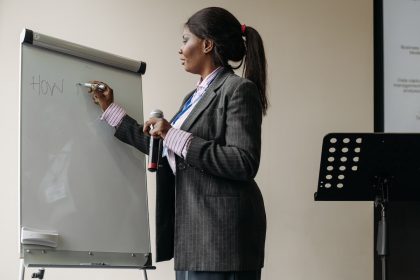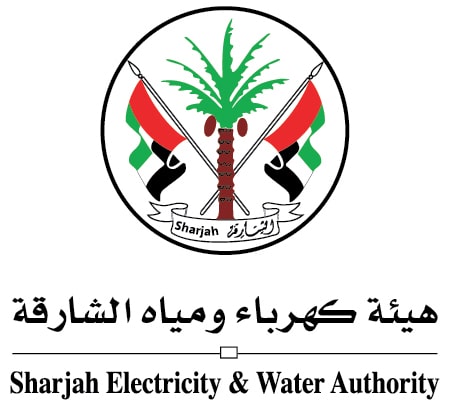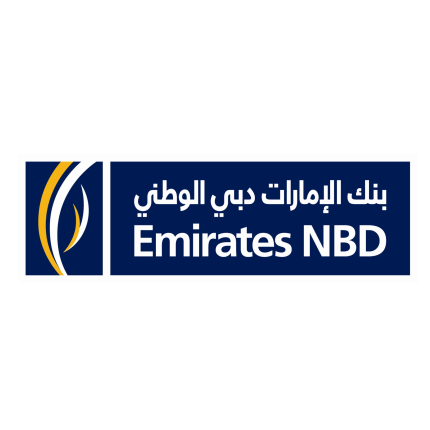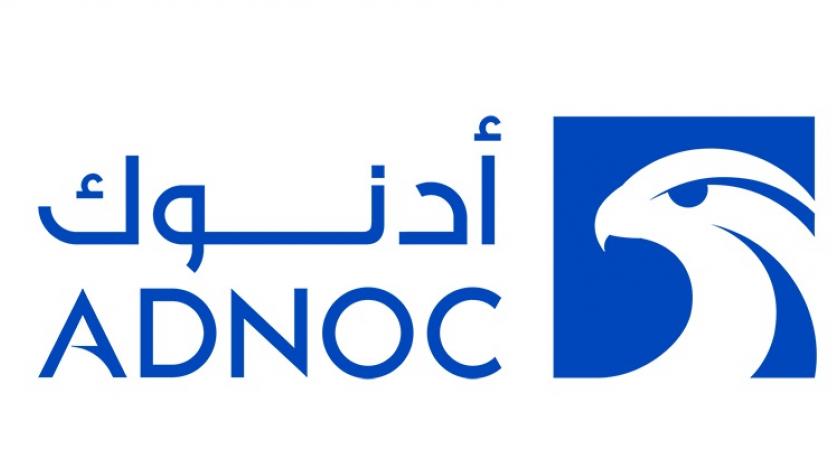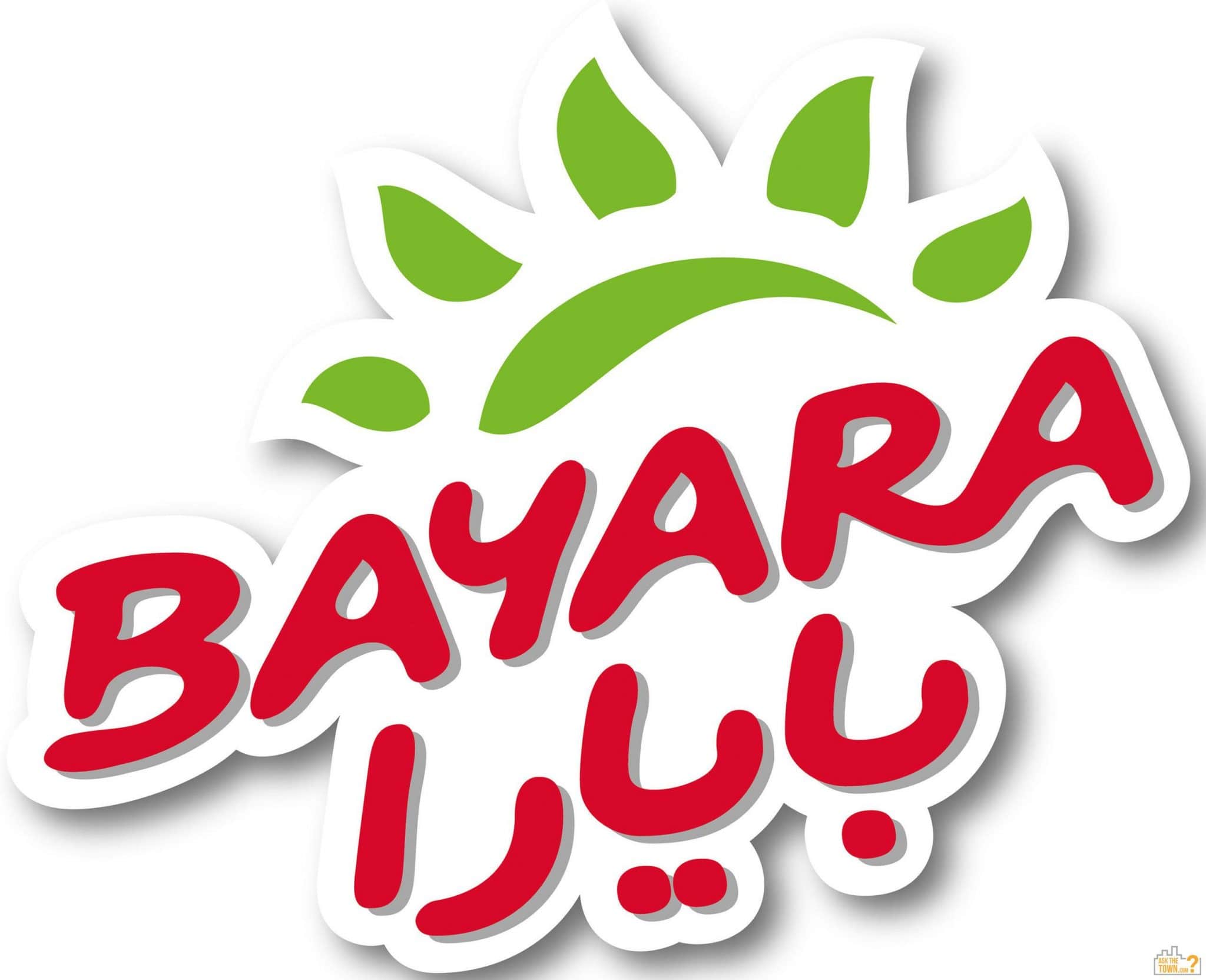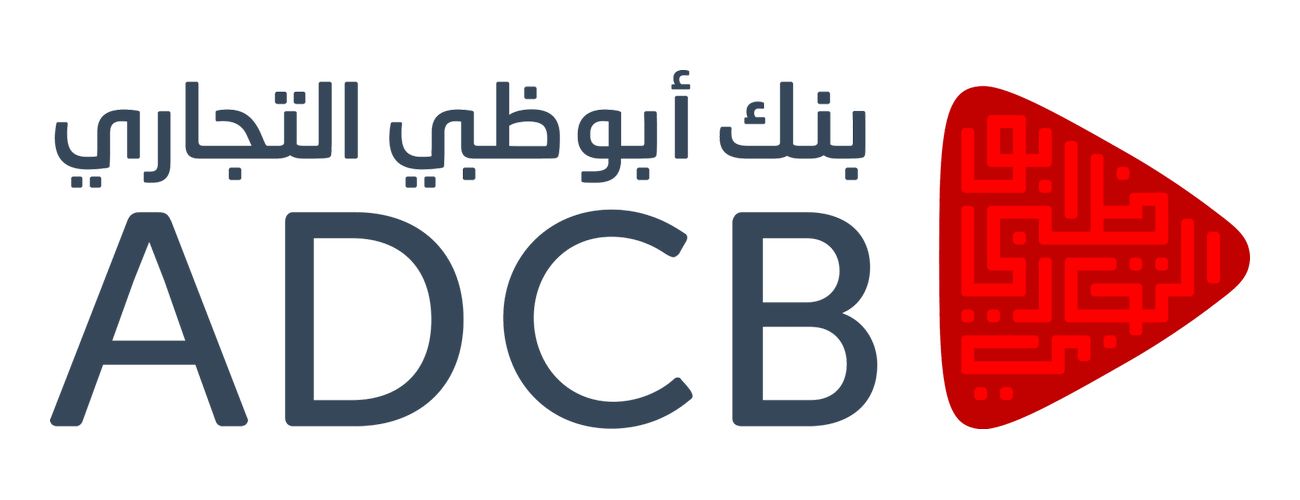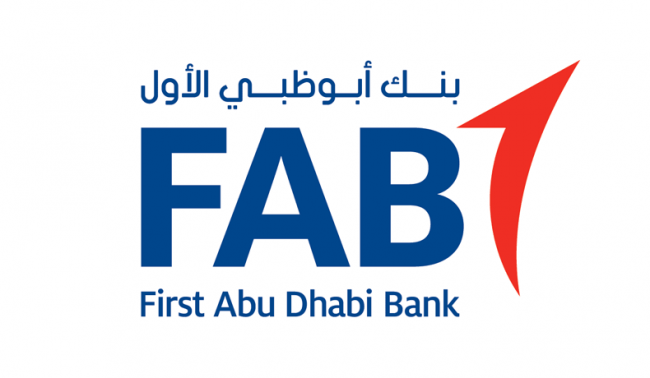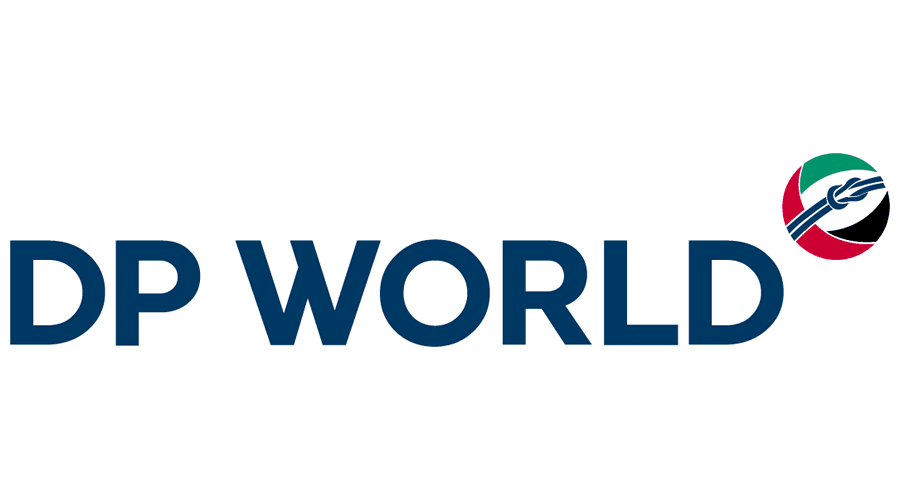
In recent years, there has been a lot of talk regarding work culture, instances of employees holding the organization accountable for creating a work-life balance, and urging them to give importance to work culture development. Work culture is the essence of the infrastructure of an organization.
While a healthy work culture can take the business to new heights, a fragmented or toxic workspace culture can be catastrophic to the growth and reputation of the organization, not to mention negatively impacting the mental health of the employees. Nevertheless, positive work culture development, especially in this era, is easier said than done considering the multigenerational workforce. So, what can you do? Let’s explore!
Why Work Culture Matters
Work culture has great significance for an organization. It creates a positive environment within the workplace and contributes in the following areas:
- It drives employee engagement and helps in the retention of the workers.
- An employee usually evaluates a company based on the work ambiance. So when the work culture is positive, with good communications, it attracts better talent into the organization.
- A well-defined work culture improves the productivity of the workforce.
So, work culture development can benefit an organization in the following ways, provided they build it right.
Generations Taking Up the Workplace
The first step of developing a work culture is to know and understand the generation of employees working at the establishment. Currently, the majority of workplaces have a multigenerational workforce. The most common work generations found in an organization are:
- Baby boomers (1946-1964)
- Generation X (1965-1980’s)
- Millennials or Generation Y (1981-1996)
- Generation Z (1997-2012)
The workforce has a concentration of millennials who approximately started working around 2015. Gen Z is the latest addition, with most starting a job from 2017. The boomers and Gen X have the most work years and experience compared to the rest.
Each generation comes with its own common traits, positive and negative points. So, the difficult part is to put all under one umbrella, motivating them to perform their best towards the fulfillment of a unanimous goal.
The New Work Culture
With the majority of millennials in the workforce and Gen Z gearing up to flood the offices across industries, it falls upon the leaders to make sure that both of these fairly younger generations acclimatize well in the work environment. At present, when a work culture is being fostered, the Millennials and Gen Z’s would get the most attention from the management since they comprise the majority. However, that should take the focus away from the older generations in the workforce.
Follow these tips:
- Create a psychologically safe environment of honest and productive communication between the employees and the management.
- Acknowledge the contribution of each employee, irrespective of their generation.
- Treat each employee with respect and create an environment that prioritizes the same.
- Foster a culture where the employees have trust in the senior management.
Conclusion
To summarize, all an employee wants is to feel valued, confident, empowered, and connected with the management. That’s the ultimate objective of a healthy work culture development. One should keep in mind that it is a proven fact that a multigenerational workplace is known to be the birthplace of highly productive, dynamic, and innovative teams.
